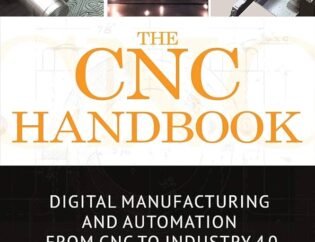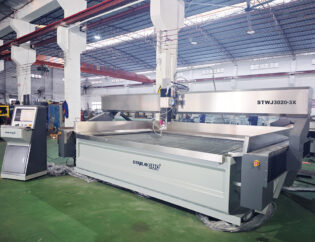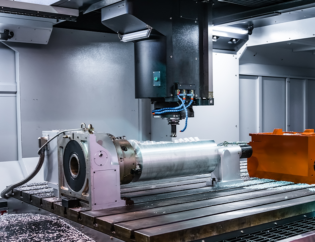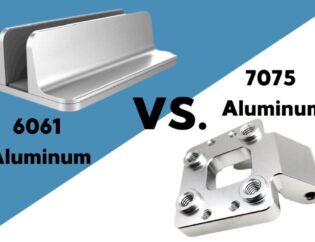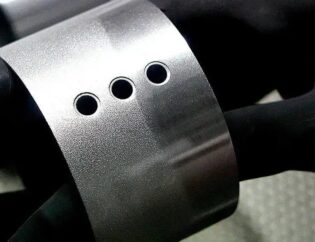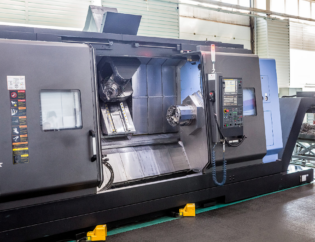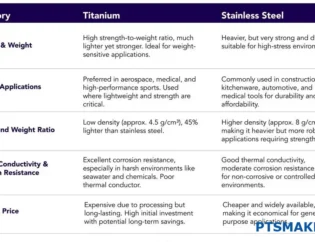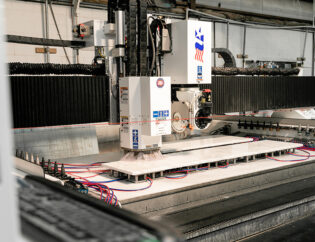CNC turning is a pivotal process in modern manufacturing, transforming raw materials into precision-engineered components. This guide delves into the intricacies of CNC turning, emphasizing its significance in enhancing productivity and accuracy in various industries.
Readers will explore the fundamental principles of CNC turning, the technology behind it, and its applications across different sectors. By the end, you will gain a comprehensive understanding of how CNC turning can elevate your manufacturing capabilities.
Additionally, this guide will cover best practices, common challenges, and tips for optimizing CNC turning operations. Whether you are a novice or an experienced machinist, you will find valuable insights to enhance your skills and knowledge in this essential field.
What is CNC Turning? A Comprehensive Guide
CNC machining is one of the most common manufacturing techniques in various industries, as it can create simple to complex structures with high speed and accuracy. However, the technology is diverse, each suiting different applications. One of the most significant processes in CNC machining is CNC turning, which is essential for producing cylindrical components with precision.
Understanding CNC Turning
CNC turning is a subtractive manufacturing process that uses different cutters to remove pieces of a workpiece. The operation mainly involves chipping off pieces from the material’s exterior as it rotates against the cutting tool until the desired shape and dimension are achieved. This process is controlled by computer codes, ensuring high precision and accuracy.
Technical Features of CNC Turning
CNC turning machines are equipped with various features that enhance their performance. Below is a comparison table highlighting the key technical features of CNC turning:
| Feature | Description |
|---|---|
| Precision | CNC turning offers high precision, achieving tolerances as tight as ±0.01mm. |
| Automation | Automated processes reduce human error and increase efficiency. |
| Versatility | Capable of machining various materials, including metals, plastics, and composites. |
| Speed | High-speed operations allow for rapid production cycles. |
| Complexity | Can produce complex geometries, including threads and contours. |
| Control | Operated via G-code, allowing for precise control over machining operations. |
| Surface Finish | Capable of achieving smooth surface finishes, reducing post-processing needs. |
Types of CNC Turning Machines
CNC turning machines come in various configurations, each suited for specific applications. Below is a comparison table of the different types of CNC turning machines:
| Type | Description |
|---|---|
| Horizontal Turning Centers | Most common type, suitable for a wide range of components and operations. |
| Vertical Turning Centers | Designed for larger parts, allowing for easy handling of heavy workpieces. |
| Horizontal CNC Lathes | Traditional lathes with CNC automation, primarily for turning and boring. |
| Vertical CNC Lathes | Holds workpieces vertically, ideal for space-constrained environments. |
Advantages of CNC Turning
CNC turning offers numerous benefits, making it a preferred choice in modern manufacturing. The automation of the process significantly reduces production time and labor costs. Additionally, CNC turning ensures consistent part quality and dimensional accuracy throughout a production run, which is crucial for industries requiring high precision.
Applications of CNC Turning
CNC turning is widely used across various industries, including:
– Automotive: Producing engine components, shafts, and gears.
– Aerospace: Manufacturing parts like landing gear and engine components.
– Medical: Creating surgical instruments and implants.
– Electronics: Fabricating connectors and housings for devices.
Differences Between CNC Turning and CNC Milling
While both CNC turning and milling are essential machining processes, they differ significantly in operation. In CNC turning, the workpiece rotates while the cutting tool remains stationary, making it ideal for cylindrical shapes. Conversely, CNC milling keeps the workpiece stationary while the cutting tool rotates, suitable for both symmetrical and non-symmetrical shapes.
Key Differences
| Feature | CNC Turning | CNC Milling |
|---|---|---|
| Workpiece Movement | Rotates while cutting tool is static | Stationary workpiece with rotating tool |
| Ideal Shapes | Cylindrical and conical | Flat and complex geometries |
| Cutting Tools | Single-point cutting tools | Multi-point cutting tools |
| Applications | Shafts, pins, and cylindrical parts | Flat surfaces, intricate designs |
Conclusion
CNC turning is a vital process in the manufacturing sector, providing high precision and efficiency for producing a wide range of components. Its versatility and ability to create complex shapes make it indispensable across various industries. Companies like RapidDirect, CNC Masters, Fractory, MachineMFG, and XC Machining offer advanced CNC turning services, ensuring high-quality production tailored to specific needs.
FAQs
1. What materials can be used in CNC turning?
CNC turning can work with various materials, including metals, plastics, and composites, making it versatile for different applications.
2. How does CNC turning ensure precision?
CNC turning uses computer-controlled processes that minimize human error, allowing for tight tolerances and consistent quality.
3. What is the difference between CNC turning and CNC milling?
CNC turning involves rotating the workpiece while the cutting tool is stationary, ideal for cylindrical shapes, whereas CNC milling keeps the workpiece stationary with a rotating tool for flat and complex shapes.
4. Can CNC turning produce complex geometries?
Yes, CNC turning can create complex geometries, including threads, contours, and various cylindrical shapes, thanks to its advanced tooling and programming capabilities.
5. What industries benefit most from CNC turning?
Industries such as automotive, aerospace, medical, electronics, and oil and gas benefit significantly from CNC turning due to its precision and efficiency in producing critical components.


